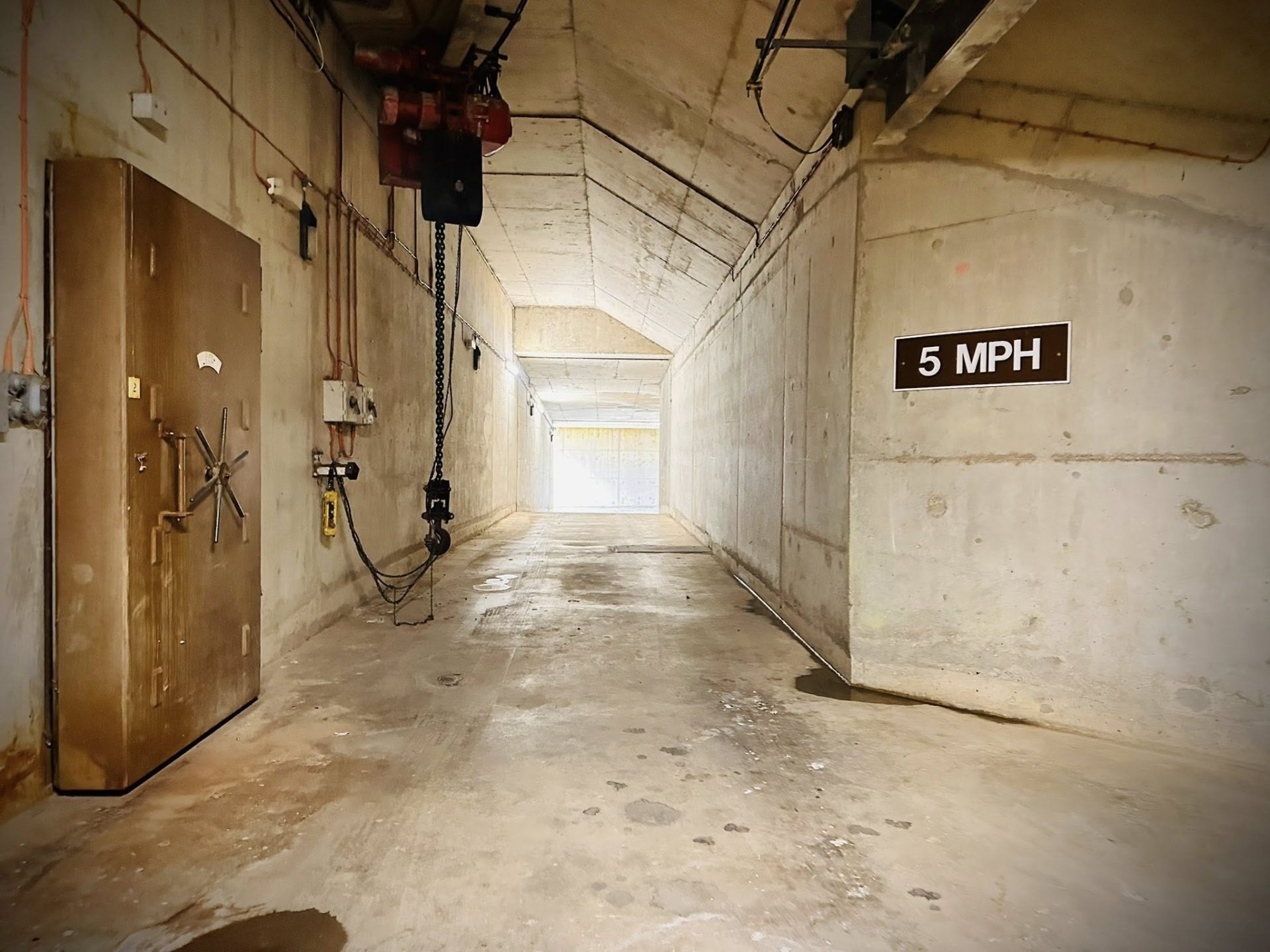“Magic Mountain”, otherwise known as the Avionics Building at RAF Alconbury, is a Grade II listed concrete bunker complex in the county of Cambridgeshire, England.
RAF Alconbury was constructed just prior to the outbreak of WWII to serve as a satellite airfield for RAF Upwood and Wyton.
Following the United States joining the war effort, the runways were extended to accommodate heavy bomber groups from the 8th United States Army Air Force – such as the 92nd, the 93rd, and the 95th Bombardment Group.
RAF Alconbury continued to serve various elements from the USAFE 3rd Air Force in the cold war years, including the 19th Reconnaissance Squadron that flew U2/TR-1 spy planes, nicknamed “Dragon Lady”.
In the early 1980’s, specialised aircraft shelters were constructed at the base to house the U2/TR-1’s, as well as the highly secretive Avionics Building in 1989. The purpose of the Avionics Building was to service the electronic components of the aircraft, and process/evaluate the data retrieved from spy missions.
The building is a two storey partially sunken structure, designed to withstand chemical and biological attacks, and an indirect nuclear attack. It is capped with a rough concrete buster cap that can absorb the impact of a direct missile attack on the bunker’s roof.
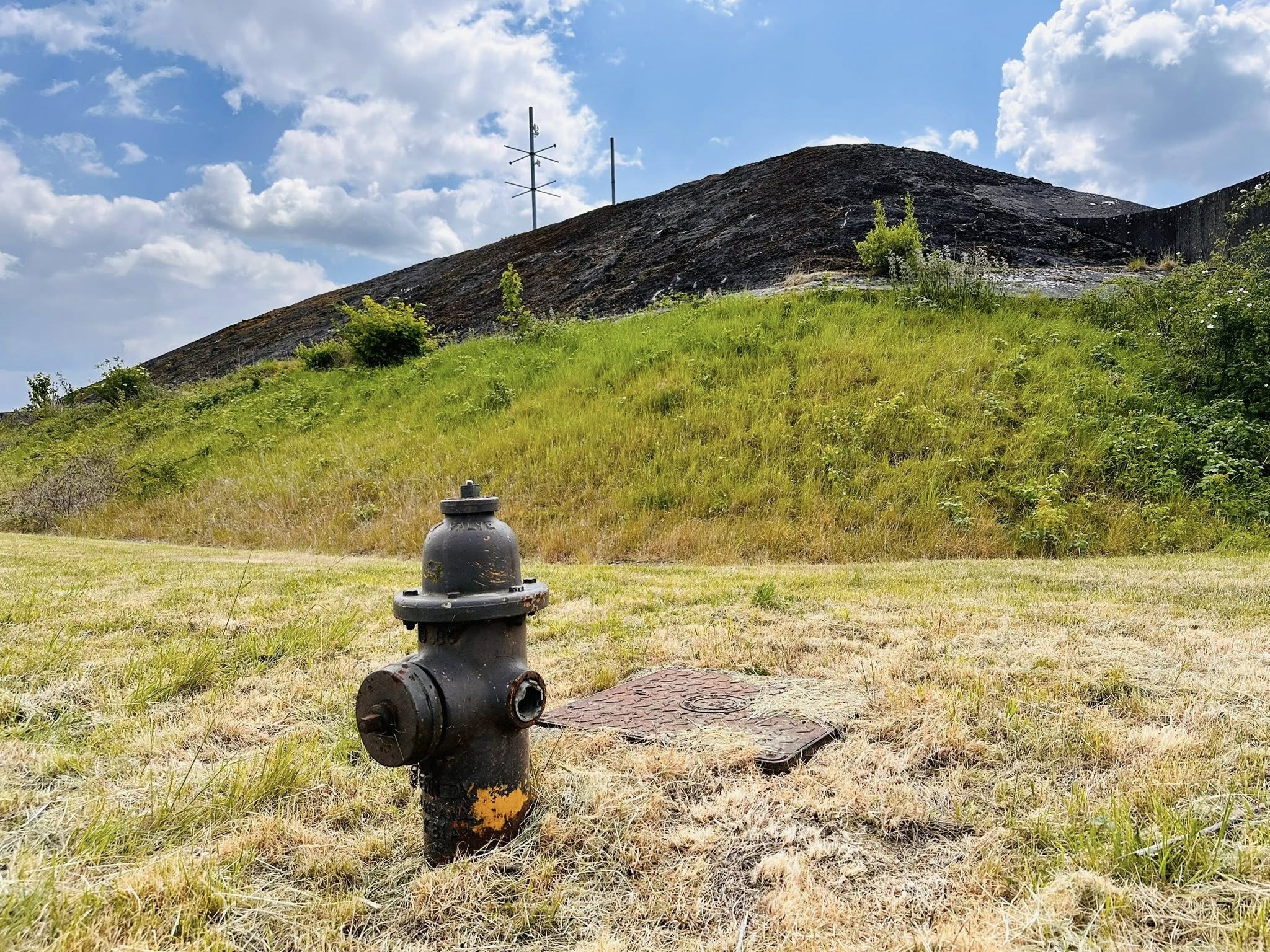
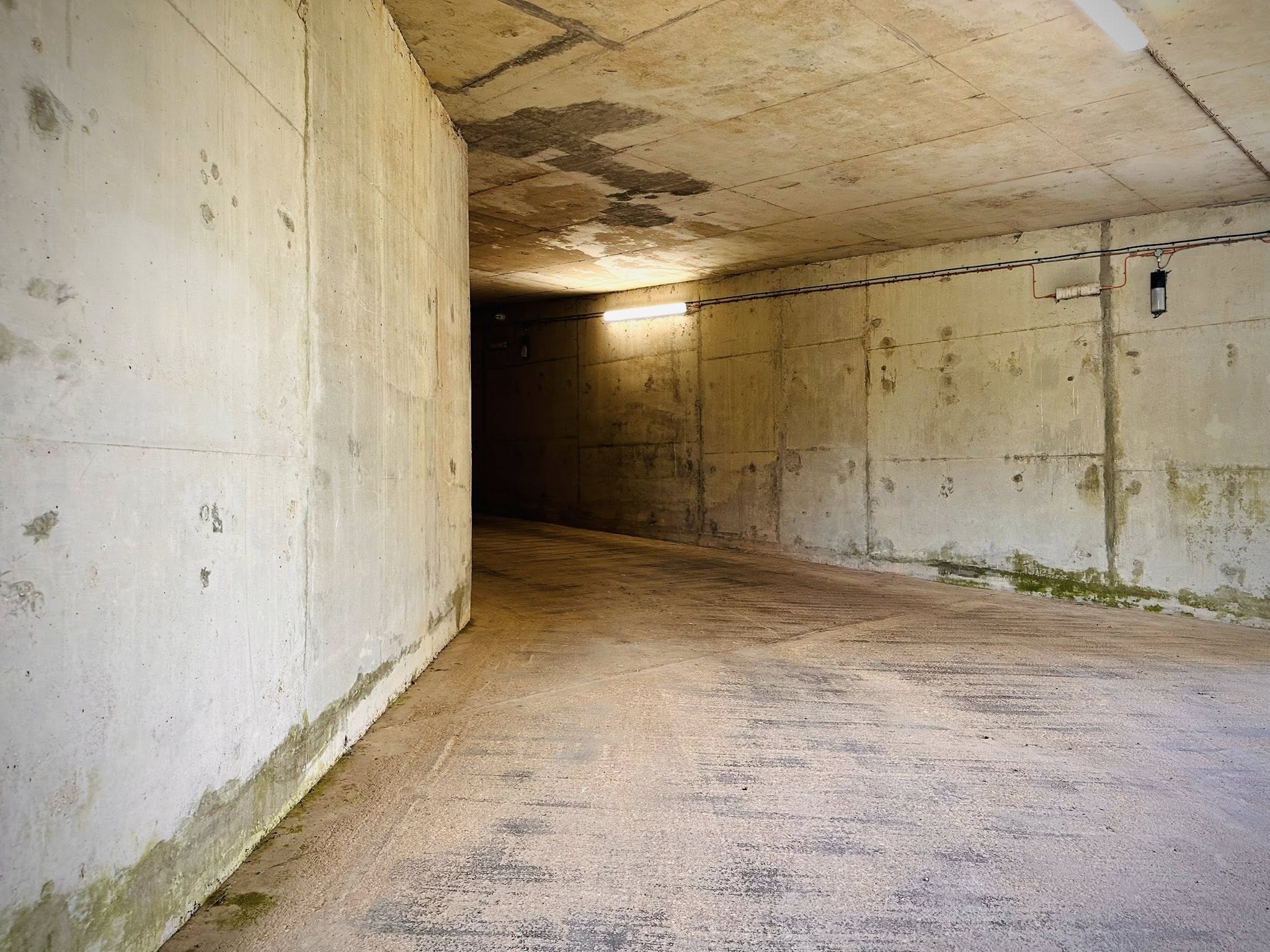
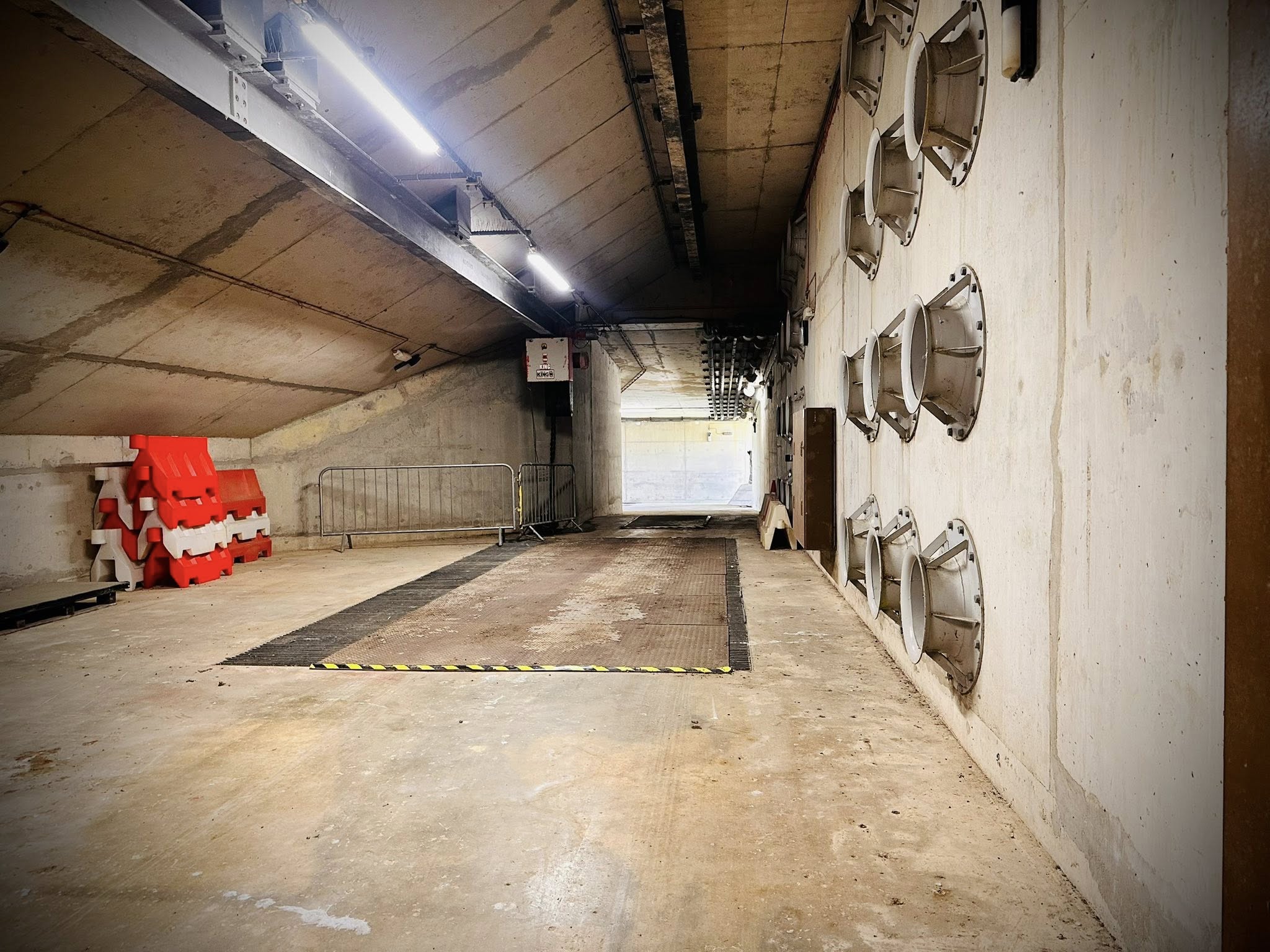
During its operational years, the upper level of the building was equipped with life support systems, stainless steel decontamination rooms, electronics workshops, photographic darkrooms, a communications centre, and designated handling and storage areas.
On the lower level, large rooms once housed advanced computer systems, compressed air cylinders, generators, and separate toilets for men and women. One room still bears the painted motto above the doorway: “Aircrews live by the knowledge, skill, awareness and integrity of their maintenance people.”
The Avionics Building was not specifically decommissioned; rather, it was part of the overall closure of the airbase in 1995.
While most of the airbase has been developed into the Alconbury Weald housing estate and industrial zone, part of RAF Alconbury remains as a support base for the Joint Intelligence Analysis Centre (JIAC), operated by the 501st Combat Support Wing of the USAF.
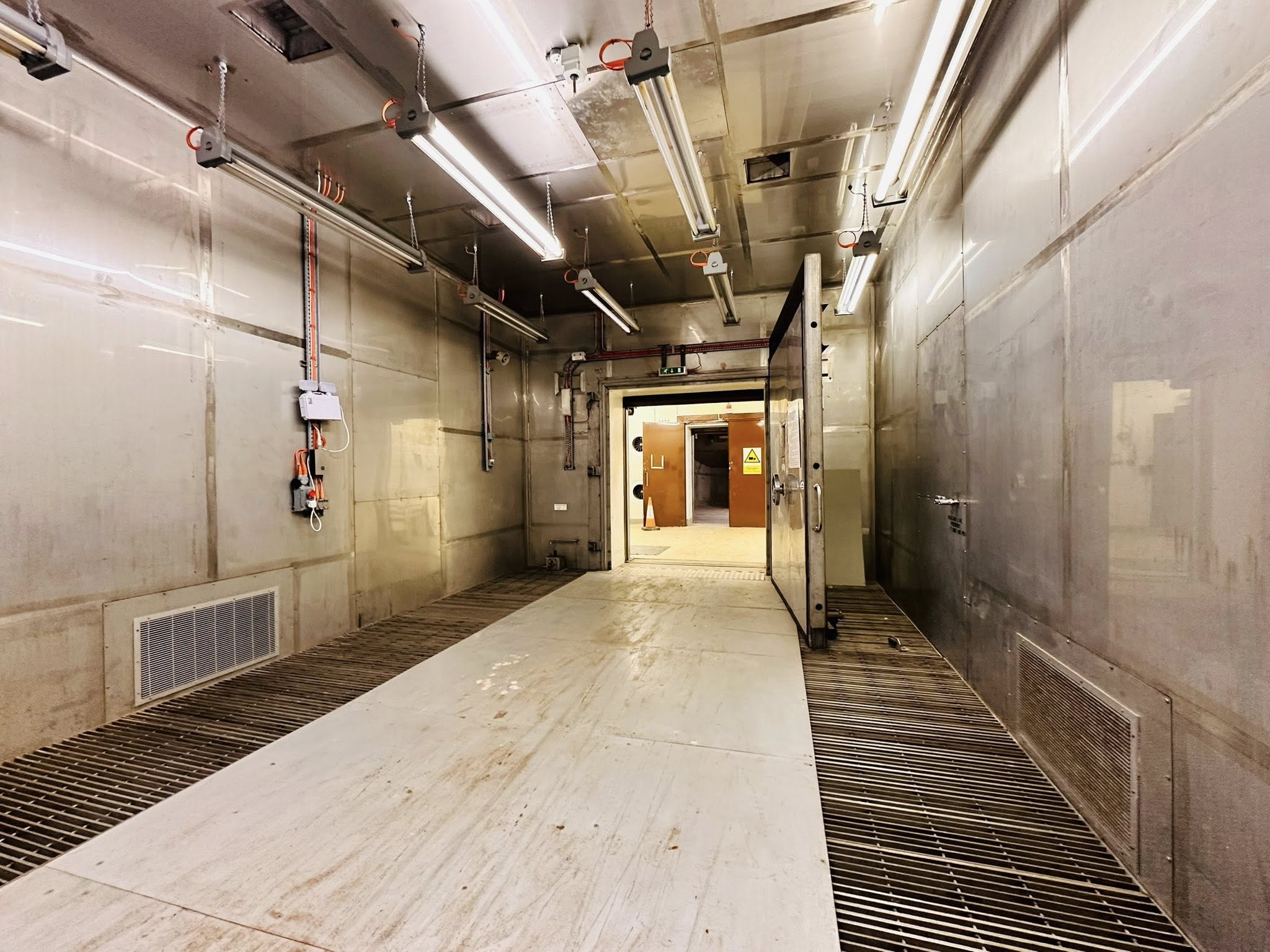
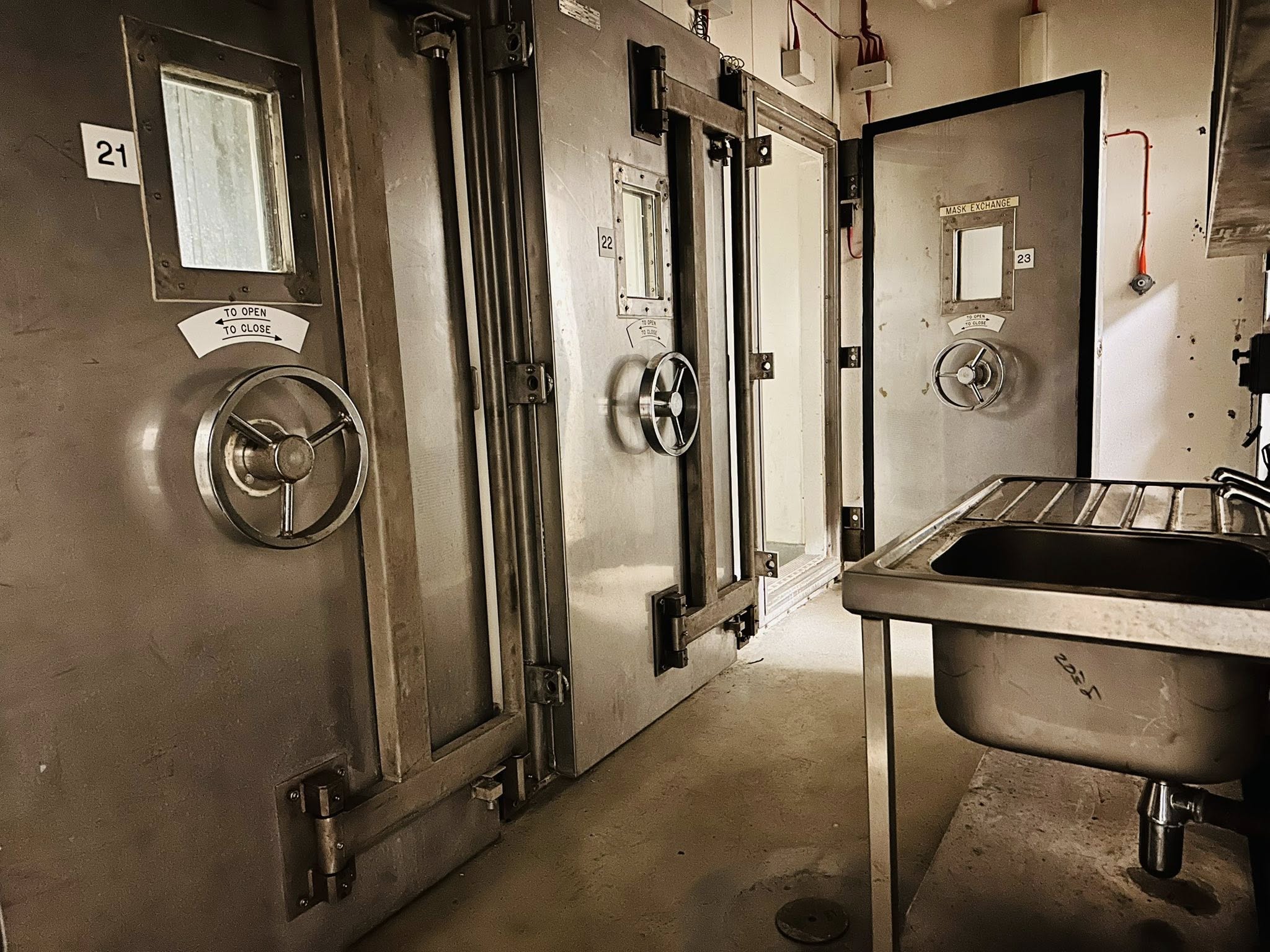
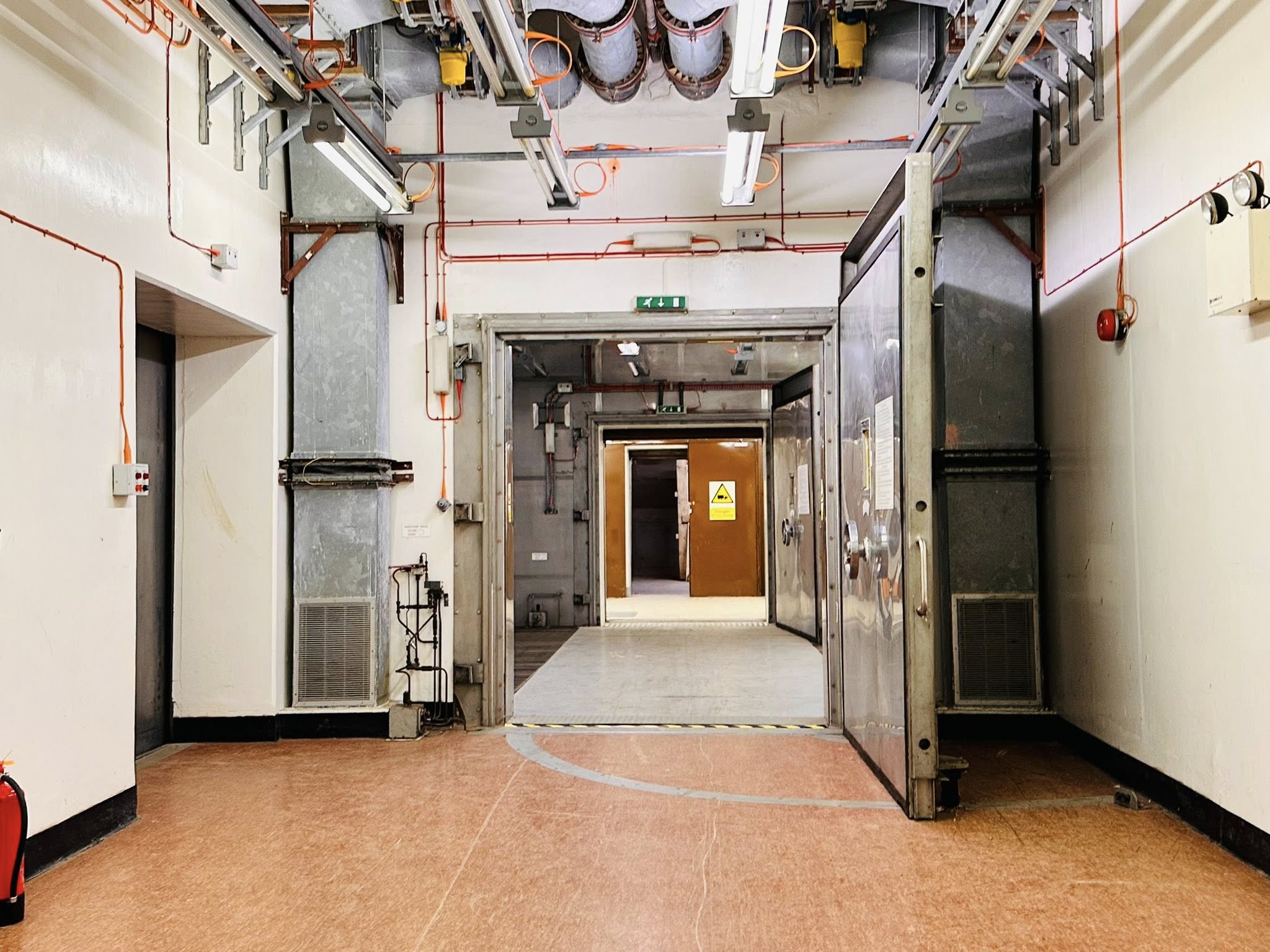
Today, the Avionics Building is under the guardianship of Alconbury Weald – Urban&Civic, who work closely with the Airfield Research Group and Historic England to ensure the preservation of this historic Cold War monument. You can take a virtual tour of the Avionics Building by Clicking Here.
“Alconbury Weald has a unique military heritage and many of the site’s Cold War features and footprints are being designed into the new development. We are currently working with our heritage partners to develop the detailed plans for the Cold War heritage area, which will open in the next phase of the development,” said Natalie Leigh-Brown – Community Development Lead for Alconbury Weald.
Airfield Research Group
The Airfield Research Group, a non-profit charity, is piecing together an archive of RAF Alconbury’s history, and the lives of the American and British serviceman that served on the airbase.
Jeff Hawley from the Airfield Research Group and founder of the 1st Air Division Headquarters Heritage Society, explained that the charity’s mission also includes researching and preserving records of military and civilian airfields, along with related infrastructure (past and present) anywhere in the world. Find out more
Header Image Credit : Markus Milligan

